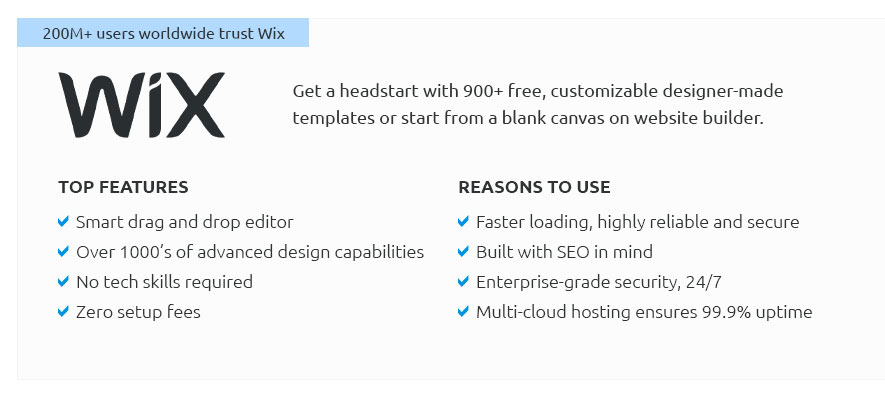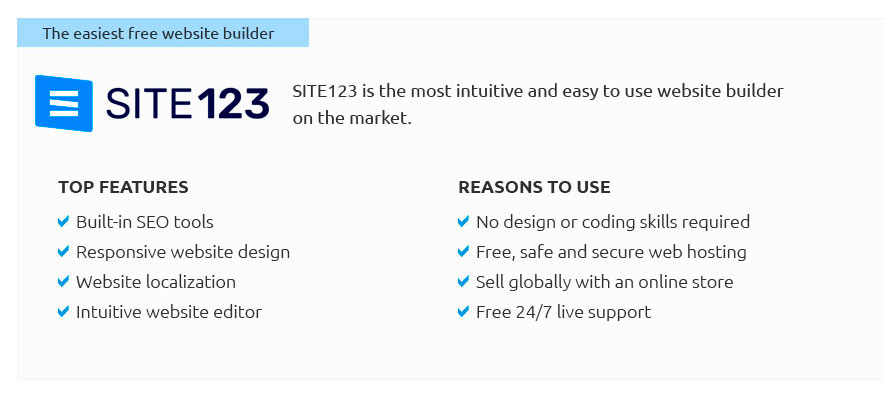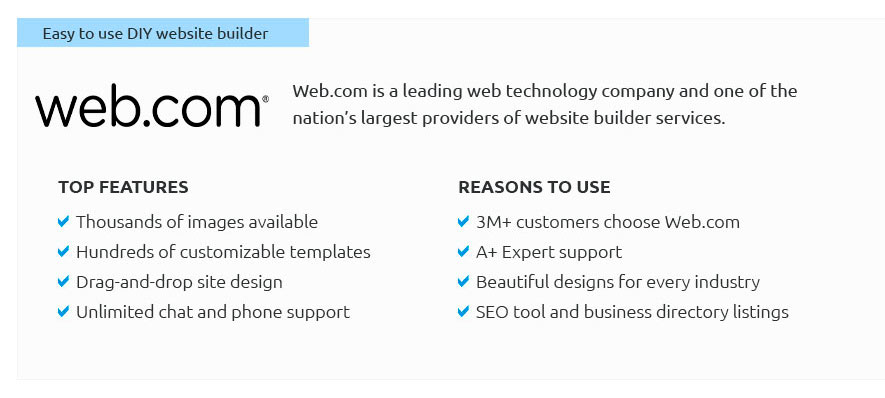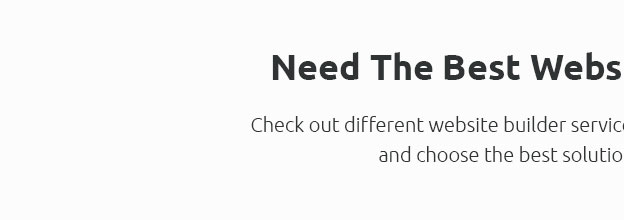 |
 |
 |
 |
|
 |
 |
 |
|
 |
|
 |
 |
|
 |
|
 |
|
 |
 |
Exploring the World of Dynamic Website Free Templates: A Comprehensive GuideIn today's digital age, the allure of crafting a visually appealing and fully functional website has never been stronger, and for many, the first step in this creative journey begins with choosing the right template. When we delve into the universe of dynamic website free templates, we encounter a plethora of options that promise to transform an ordinary web presence into an extraordinary digital experience. The term 'dynamic' in this context refers to websites that offer interactive features, often powered by a combination of HTML, CSS, and JavaScript, and sometimes more complex backend technologies. Let's explore the rich tapestry of options available and weigh the pros and cons of using these free resources. Advantages of Dynamic Website Free Templates
Disadvantages to Consider
Making an Informed Decision Choosing a dynamic website free template requires careful consideration of both your current needs and future growth plans. While these templates can provide an excellent foundation for establishing an online presence, it is vital to evaluate the potential need for advanced features and scalability. It may be beneficial to start with a free template to launch quickly and test your ideas, then transition to a more robust solution as your website traffic and business requirements grow. In conclusion, dynamic website free templates offer a fantastic starting point for many, providing an accessible and cost-effective way to enter the digital arena. However, users must remain mindful of the limitations and be prepared to invest in upgrades when the time comes. Ultimately, the key to success lies in balancing immediate needs with long-term goals, ensuring that your website evolves in tandem with your business. https://mobirise.com/website-templates/dynamic-website-templates/
Dynamic website templates are pre-designed layouts that can be easily customized and updated with content using AI software. How can AI help in ... https://templatemo.com/tm-547-real-dynamic
templatemo free css templates. Free HTML CSS Website Templates. Free Templates HTML Templates Links Contact. Real Dynamic Template. Real Dynamic ... https://webflow.com/made-in-webflow/dynamic
Discover Dynamic websites built by the Webflow community. Browse, clone, and customize thousands of websites #MadeinWebflow. Looking for templates?
|